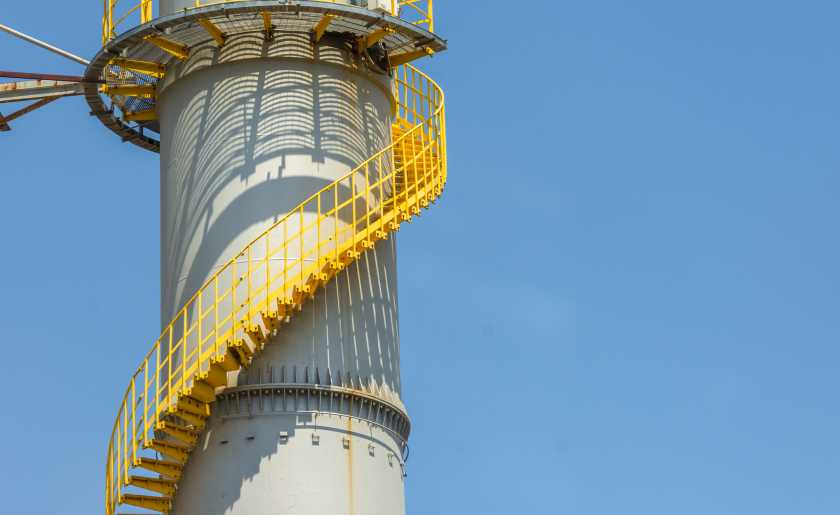
Downstream energy underwriters are looking to bring to a halt a trend of double-digit rate reductions in the wake of a disastrous start to the year for loss activity, sources told Insurance Insider.
The

Downstream energy underwriters are looking to bring to a halt a trend of double-digit rate reductions in the wake of a disastrous start to the year for loss activity, sources told Insurance Insider.
The